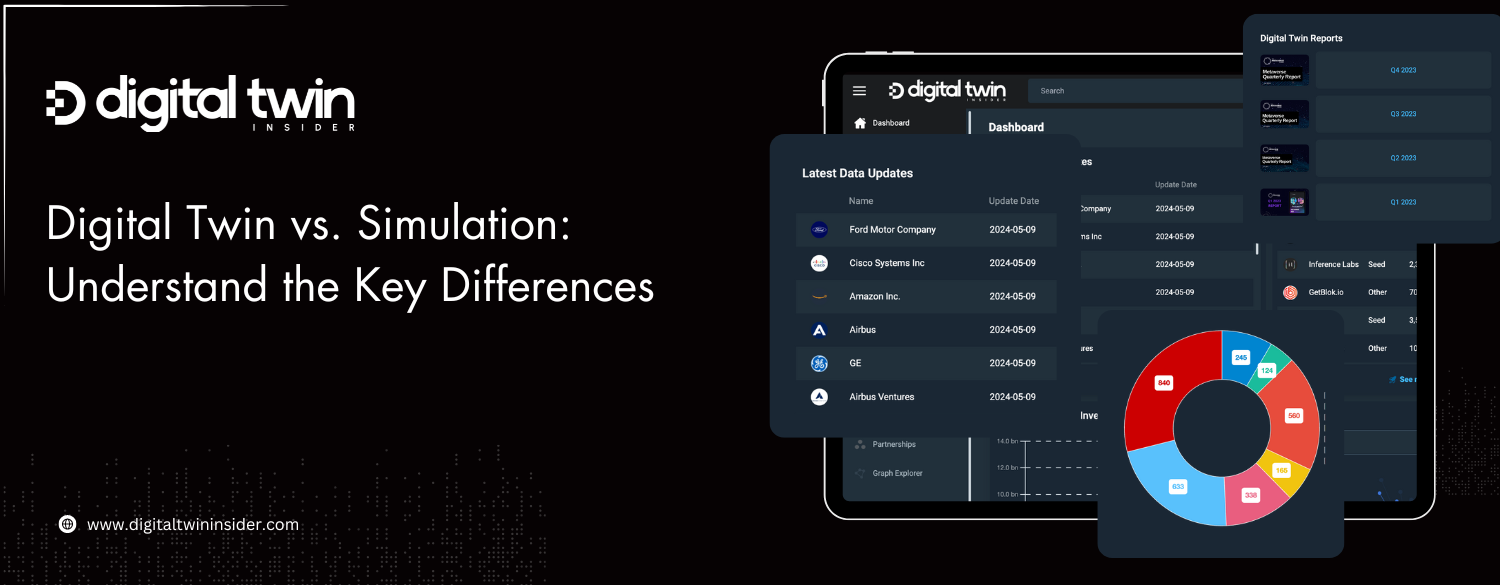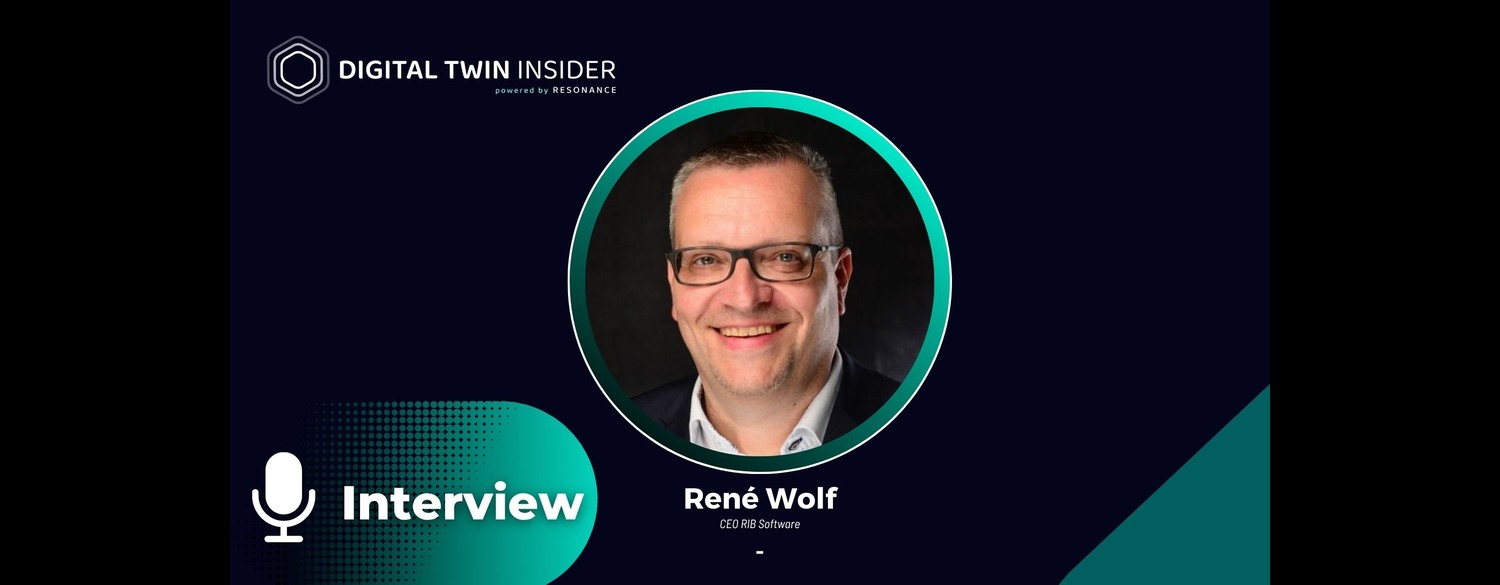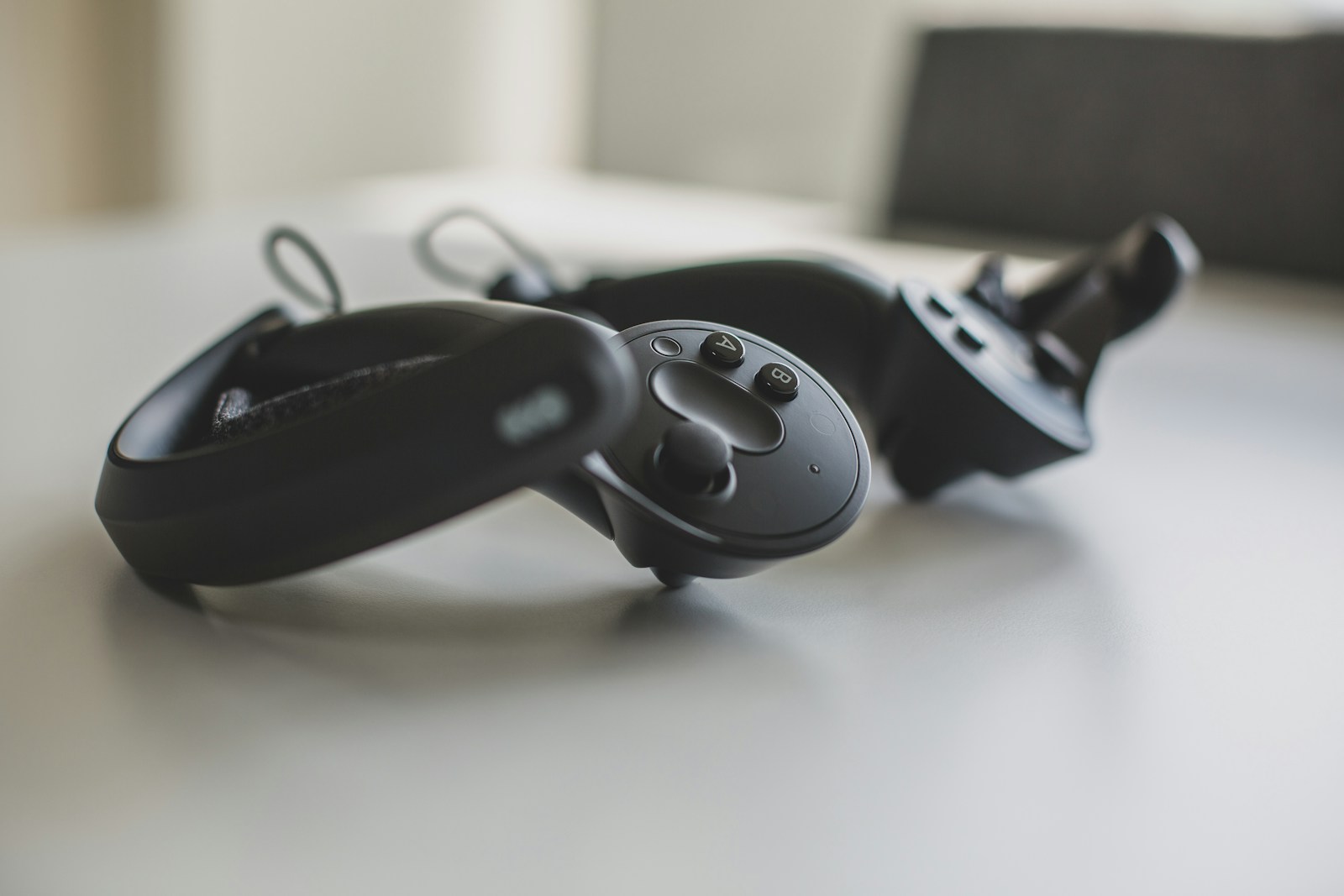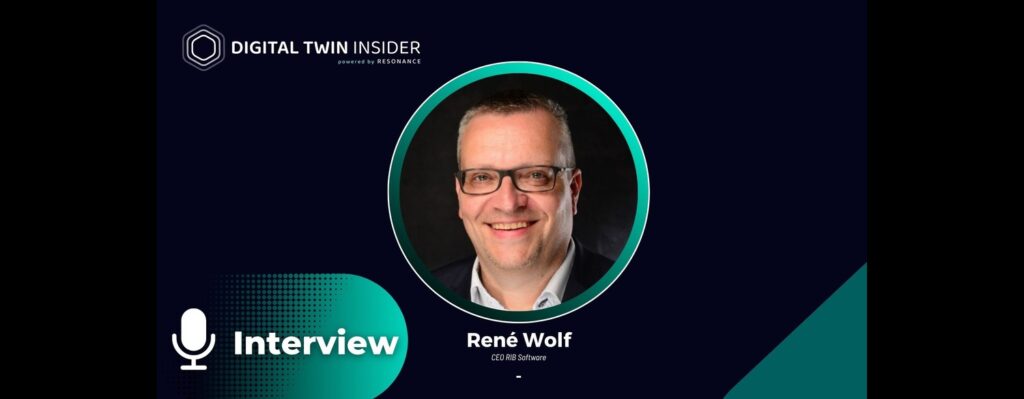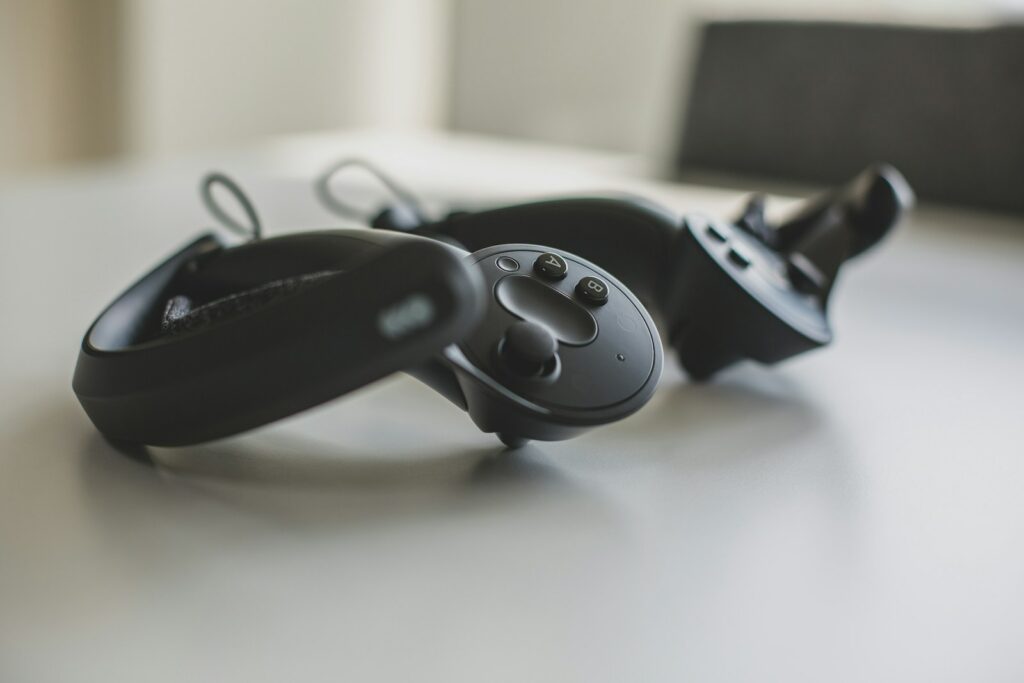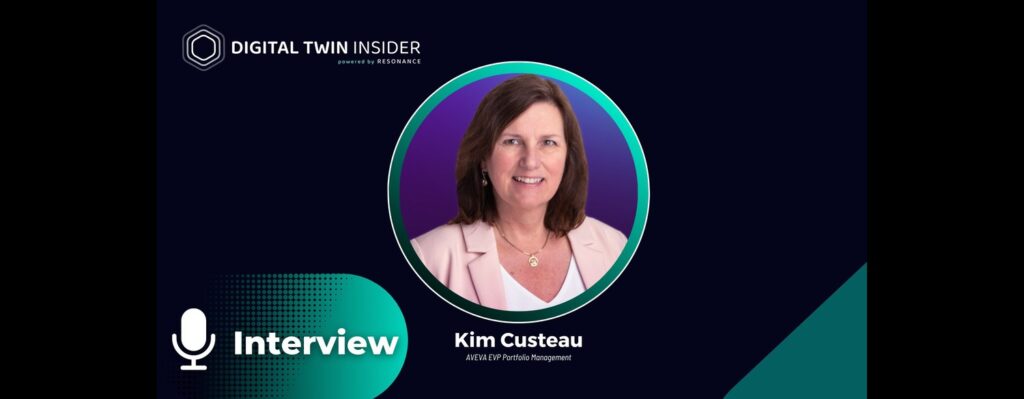Digital Twins are often seen as simply simulations of physical counterparts. However, they are much more than this simple definition and require a nuanced understanding. This article looks to dispel the falsehoods behind what a digital twin is, looking at the differences between digital twins and simulation in theory and in practice. The article will also explore the pros and cons of both.
What is a Digital Twin?
To be defined as one, digital twins must conform to three principles. First, they must be a direct 1-1 replica of a physical counterpart. Second, a digital twin feeds and obtains data instantaneously in real time, constantly updated. Third, realistic physics must be implemented to represent a physical counterpart’s properties. These three combined factors make up the core fundamentals of a digital twin.
It is also worth noting that the real-time nature of digital twins is relative to the physical object the digital twin replicates with time-varying. Hence, it is more useful to describe data feedback as instantaneous rather than real-time, as time varies depending on the tracked data.

Digital Twins are born from associated concepts, namely, digital model and digital shadow. A digital model is a simple digital asset of a physical counterpart using software such as CAD. Architects often use digital models to create a digital representation of real-world structures for analysis and risk mitigation before their physical builds are built.
On the other hand, a digital shadow can be considered a digital mirror of a physical object, gaining data on a real-world entity through IoT, such as sensors. The digital shadow is consistently fed real-time data, enabling stakeholders to make informed decisions.
A digital twin simulation combines both these concepts but with an additional layer of data being transferred between the physical and the digital, meaning that the digital twin simulation transfers data to its physical counterpart and vice versa, unlike the digital shadow that only retrieves data from a real-world replica. The benefits of digital twins are numerous, with the technology making real-time decisions through data feedback.
IMB outlines the various types of digital twins that are being deployed:
- Component Twins: Basic unit of a digital twin.
- Asset Twin: Two digital twin units working together.
- System Twin: Visibility of digital twins working together to form a system.
- Process Twins: The integration of digital twins across systems to function in an entire unit, such as a factory.
What is Simulation?
Simulation is a catch-all term for a mathematical replica of a physical entity. According to the Collins Dictionary, a simulation is imitating something and representing a situation in mathematical terms to solve a problem. Regarding the word’s association, simulation is a broad term encompassing digital twins in its wide breadth of terminology.
While a digital twin may be created using mathematical formulae, coding software may also simulate a video game character. Thus, the term is broad and can be used interchangeably with the term replicate, commonly used when describing digital twins. However, it is worth pointing out that digital twins are more nuanced and complex than what we define as simulation and require a far more in-depth definition than simply simulating something.
Digital twins can predict in real life what will happen in a certain scenario, whereas most simulations predict what could happen. These simulations can take many forms, from gaming to first responder use cases.
Read also: 5 Best Digital Twin Software Solutions In 2024
4 Key Differences Between Digital Twin and Simulation
Purpose and Scope
As mentioned above, digital twins are far more in-depth than simulations. At the same time, they act under the umbrella of simulation; they take on other properties, such as instantaneous two-way data feedback, realistic physics, and 1-1 digital representation, that are far more complex than what we usually describe as a simulation. Simulation is a generalized term to describe digital twins, similar to replicate, and is used sparingly to explain how a digital counterpart mimics a digital counterpart.
Data Integration and Realtime Updates
Data integration and real-time updates separate digital twins distinctly from simulation. Digital twins feed and gain data instantaneously from a physical counterpart, all in real-time. Unlike other forms of simulation, such as gaming simulation, digital twins use realistic physics to effectively mimic a real-life replica. Simulations can take all forms, shapes, and sizes and are not beholden to the conditions of a digital twin. Digital twins are often described as digital simulations of real-world entities, which is far from the truth.
Data integration and real-time updates are conditions in which replicas do not need to be characterized as a simulation. In effect, digital twins are always simulations, but simulations are not always digital twins. When we look back at our previous definition of a digital twin, data integration and real-time updates are fundamental parts of a digital shadow and twin but less so a digital replica, which is often mistaken for a digital twin when describing the technology.
Implementation and Complexity
The implementation of a digital twin varies depending on its application and form. Digital twins have numerous applications across industries, but no single rule of thumb exists for developing them due to the variations in complexity. Despite this, following the definition and the subsequent criterion from McKinsey and Company, digital twins can be implemented using the following methodological approach:
- Create a blueprint for your digital twin: Establish a clear definition of your digital twin, including specifying the twin’s value, vision, data needed, and practices for modeling and gathering the required data.
- Digital Twin Development: The next stage is building the digital twin. During this stage, stakeholders will develop visualizations and case studies using structured and unstructured data to create a balanced data model. McKinsey and Company advise developing these models at the highest level of precision and across the hardest use cases. In this phase, teams will ensure cross-team collaboration and data governance regarding data use.
- Enhance: Finally, teams will look to improve the performance of their twins by using more data for different use cases.
As mentioned above, this is a simplistic understanding of developing a digital twin. However, one fact remains critical to its success: data. The quality of the data used, and the precision of its structure are fundamental components of an effective digital twin. Data is king.
Static Simulations vs. Active Digital Twin
A static simulation model does not use time as a factor when modeling and does not record the history of transaction values. In short, it is simply an equation that creates a model in static form. On the other hand, digital twins are dynamic in their approach, instantaneously using and feeding data to a physical counterpart.
For lack of a better term, it is a fully ‘alive’ model constantly learning from data and improving itself to make better-informed decisions across time. Static simulations and digital twins could not be more different, with digital twins acting as a tool for effective stakeholder decision-making when dealing with often complex and randomized scenarios.
Digital Twin vs Simulation: Pros and Cons
Despite the differences between digital twins and simulations, these two technologies are closely entwined in both application and use. Although digital twins are more complex and often more valuable in replicating real-world replicas, both simulations and digital twins have positive and negative aspects to their use.
Pros and Cons of Digital Twins
The benefits of digital twins are numerous. As mentioned, the ongoing data feedback loop enables digital twins to help stakeholders remove potential bottlenecks even before production. It gives the twin the utility to optimize value chains without user input, ensuring no hiccups. The benefits here are enormous, saving stakeholders money and time. Digital twins are powerhouses that improve operational efficiency and performance. Digital twins, through predictive maintenance, also guarantee the maintenance of systems is up to scratch, preventing deficiencies in production.
Furthermore, digital twins enhance collaboration due to the technology’s remote nature, further boosting productivity and increasing the time to market for products and services due to improved performance. It is also worth noting that stakeholders use digital twins to build replicas of systems and processes digitally before they are created in the real world for enriched analysis.
The drawbacks of digital twins include the cost of building and maintaining them. Due to the complexity of the technology, digital twins are expensive and often pricey to maintain. Likewise, gathering the required data to build twins is a tough process. Furthermore, security is another concern for digital twin adoption, with fully digitally reliant systems constantly being threatened by hackers, which has grave implications for security breaches.
Pros and Cons of Simulation
Simulation has various benefits over digital twins. Firstly, the technology is much cheaper and far less complex to build and maintain. Furthermore, there is less security risk, with digital twins far more reliant on digital infrastructure. Simulations also allow stakeholders to predict what could happen under certain scenarios, which has various benefits.
However, as mentioned, this is one of the main drawbacks of simulation, with digital twins offering far better real-time predictive capabilities. Simulations can predict what could happen rather than what will happen. Simulation may also not be up to snuff for certain more complex requirements and use cases. Still, it is better suited to digital twin technology that requires a real-time virtual environment.

Real-life Examples and Applications
Digital Twin Applications
Digital twins have numerous applications, ranging from healthcare to manufacturing. Focusing on healthcare, we have seen new use cases in developing digital twins of hospital buildings to optimize operational efficiency and reduce waiting times. Likewise, leading experts are developing digital twins of patients’ hearts, creating an instantly updated 1-1 in silico representation. Experts use the digital twin to forecast and monitor conditions such as pulmonary arterial hypertension (PAH).
Conversely, automotive giant BMW is using NVIDIA Omniverse to develop a digital twin of its Debrecen factory in Hungary before it opens in 2025. Siemens has also followed this trend, creating its virtual factory in Erlangen, Germany. The applications are endless, with new case studies by the day.
Simulation Applications
Simulations can take various forms. In gaming, for example, we have various simulation examples, such as the Microsft Flight Simulator, which digitally recreates what flying a plane may feel like in a gamified way. Similarly, companies such as Aviro build simulations for shooting environments, providing first responders with the tools to plan and execute certain scenarios.
Although the use cases are numerous, the key is that simulations lack an instantaneous data feedback loop, realistic physics, and 1-1 mapping; some simulations may have some of these features but lack all of the required components for a functioning digital twin.
How to Choose the Right Option for Your Needs?
Choosing between a digital twin and a simulation is often complex and time-consuming for stakeholders. As mentioned, creating digital twins requires a complex development process that relies on your desired use cases.
Digital twins are the way to go for more complicated use cases that require constant information feedback; for more simple projects that do not rely on a data loop, simulations of physical scenarios are the most beneficial. Digital twins require precise and quality data models suitable for stakeholders who want to improve operational efficiency continuously. Simulations differ in that they are ideal for those with less complex use cases.
Read also: Top 8 Digital Twin Platforms In 2024
Future Trends and Developments of Digital Twins and Simulations
Digital Twins are becoming normalized for companies wanting to improve their operational efficiency. As the market matures, we should expect more companies to adopt digital twins over simple simulation due to their resounding benefits. Likewise, with increased adoption, security will remain at the forefront of digital twin development, with stakeholders doubling down on security protocols.
Conversely, digital twins also present greater security risks from hackers due to the power of digital twins to influence operations globally. A digital asset that can fully control a physical entity is both an opportunity and a significant risk for companies building digital twins.
Overall, we expect greater adoption of digital twins over simulation, with companies wanting to understand more about their operations and how they can improve their performance.
Read also: 15 Best Digital Twin Companies To Watch In 2024
Conclusion
This article has outlined the fundamental differences between digital twins and simulation, future predictions, use cases, and the positives and negatives. For more information on the underlying technology of digital twins, check out our intelligence platform.
If you found this article to be informative, you can explore more current Digital Twin news here exclusives, interviews, and podcasts.
